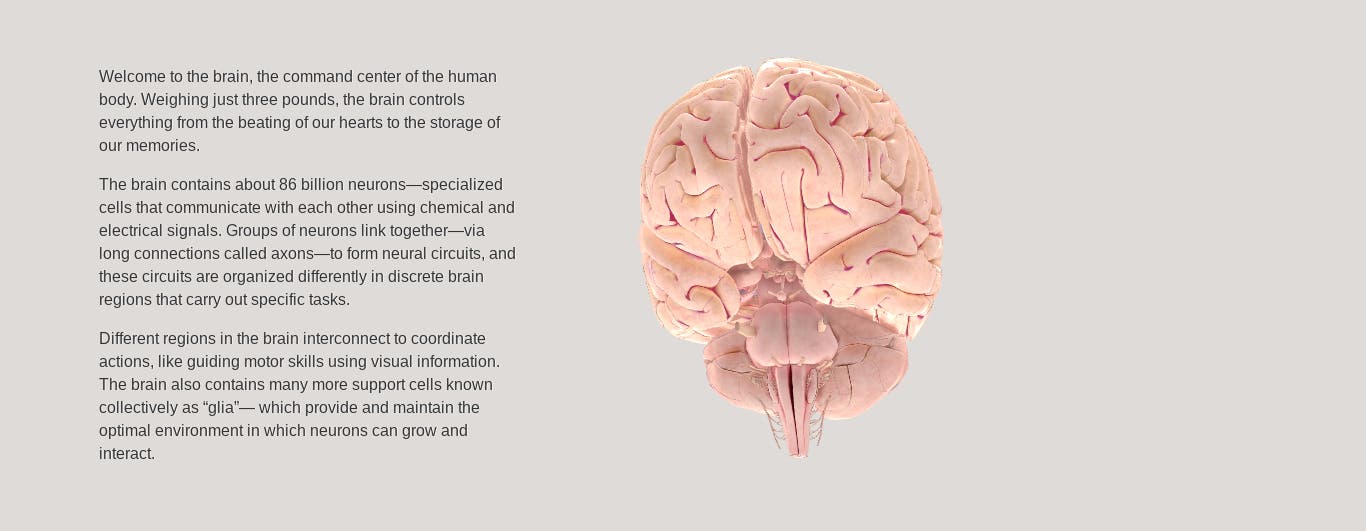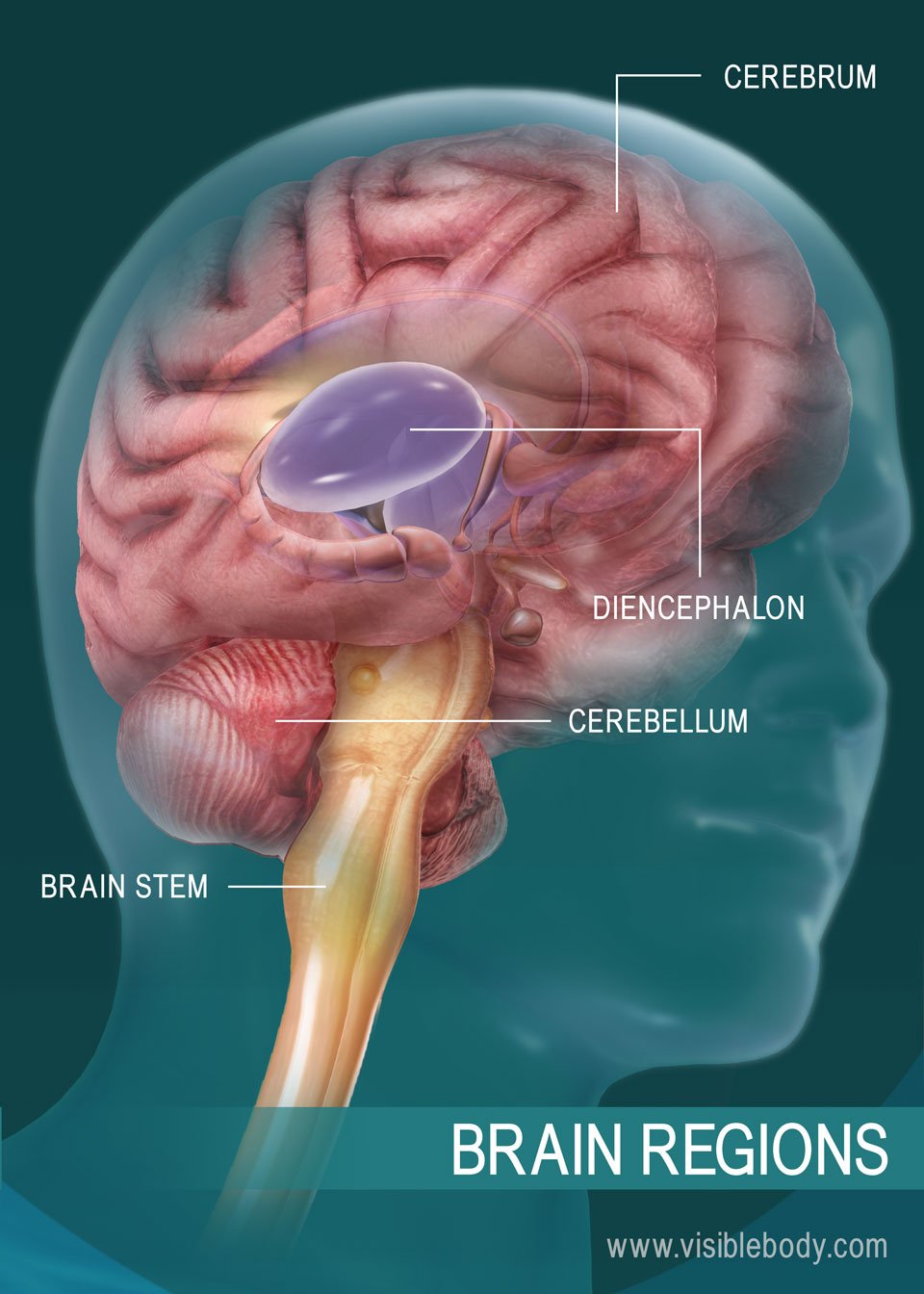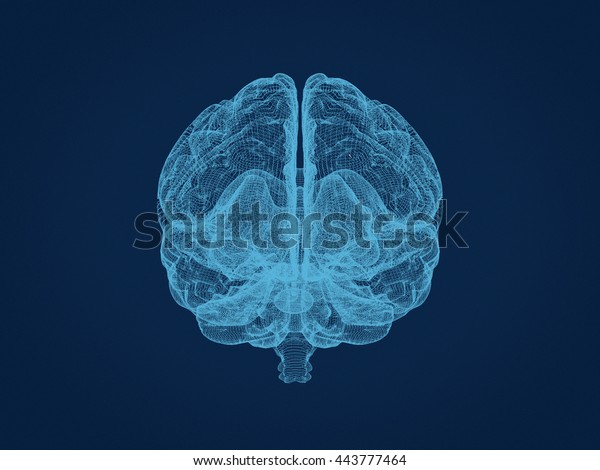

BigBrain improves the resolution to 20 micrometers in each direction, revealing cortical layers, neuronal columns, and microcircuits that were previously only seen with two-dimensional imaging. They show overall brain areas, including subcortical nuclei, gyri, and sulci.

Image courtesy of Science/AAASĬurrent 3D brain models were assembled using magnetic resonance imaging (MRI) scans, which give a resolution of one millimeter (see Evans et al., 2012). Researchers used a microtome to section the entire brain of a 65-year-old woman. “It will likely be useful to bridge all the different scales at which we need to study the brain.” Smith himself may use BigBrain to help fit the small pieces of tissue he studies at fine detail into the context of the entire brain.īigBrain. “This BigBrain project is a beautifully updated, mesoscale view of neuroanatomy that takes advantage of modern computation,” said Stephen Smith, Stanford University School of Medicine, California, who was not involved with the project but developed array tomography. The paper comes out at the same time as a report detailing a method to study small human brain sections in even finer detail via array tomography (see ARF related news story). Researchers led by Katrin Amunts and Karl Zilles at the Research Centre Jülich, Germany, and Alan Evans at McGill University, Montreal, Canada, describe the map in the June 21 Science. With 50 times better resolution than the best 3D brain representation available until now, the map will benefit diverse areas of neuroscience, from neurogenetics to neurodegenerative disease, said project leaders during a teleconference. The research was published in the journal Nature Physics.Just as Google Earth has given an unprecedented view of our planet, down to individual streets and buildings, a computerized three-dimensional map called BigBrain now allows scientists to navigate through the entire human brain, down to the cellular level. "Brains are not exactly the same from one human to another, but we should all have the same major folds in order to be healthy," said Chung. The smallest folds are not conserved, mirroring similar variations across human brains. The largest folds seen in the model gel brain are similar in shape, size and orientation to what is seen in the foetal brain, and can be replicated in multiple gel experiments. This puts the cortex under compression, leading to a mechanical instability that causes it to crease locally. The number, size, shape and position of neuronal cells during brain growth all lead to the expansion of the grey matter, known as the cortex, relative to the underlying white matter. "We found that we could mimic cortical folding using a very simple physical principle and get results qualitatively similar to what we see in real foetal brains," said L Mahadevan, professor at Harvard University. "Our model, which has the same large scale geometry and curvature as a human brain, leads to the formation of folds that matches those seen in real foetal brains quite well," said Jun Young Chung, a post doctoral fellow at Harvard. Within minutes of being immersed in liquid solvent, the resulting compression led to the formation of folds similar in size and shape to real brains.

To mimic cortical expansion, the gel brain was immersed in a solvent that is absorbed by the outer layer causing it to swell relative to the deeper regions.

The model’s surface was coated with a thin layer of elastomer gel, as an analogue of the cortex. They made a 3D gel model of a smooth foetal brain based on magnetic resonance imaging (MRI) images. Researchers at the Harvard University in US collaborating with scientists in Finland and France have shown that while many molecular processes are important in determining cellular events, what ultimately causes the brain to fold is a simple mechanical instability associated with buckling. Several hypotheses have been proposed but none have been directly used to make testable predictions. Folded brains likely evolved to fit a large cortex into a small volume with the benefit of reducing neuronal wiring length and improving cognitive function.


 0 kommentar(er)
0 kommentar(er)
